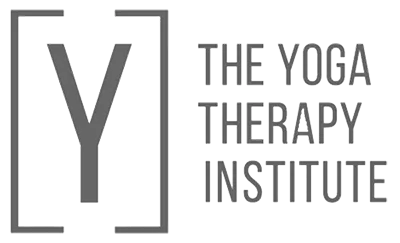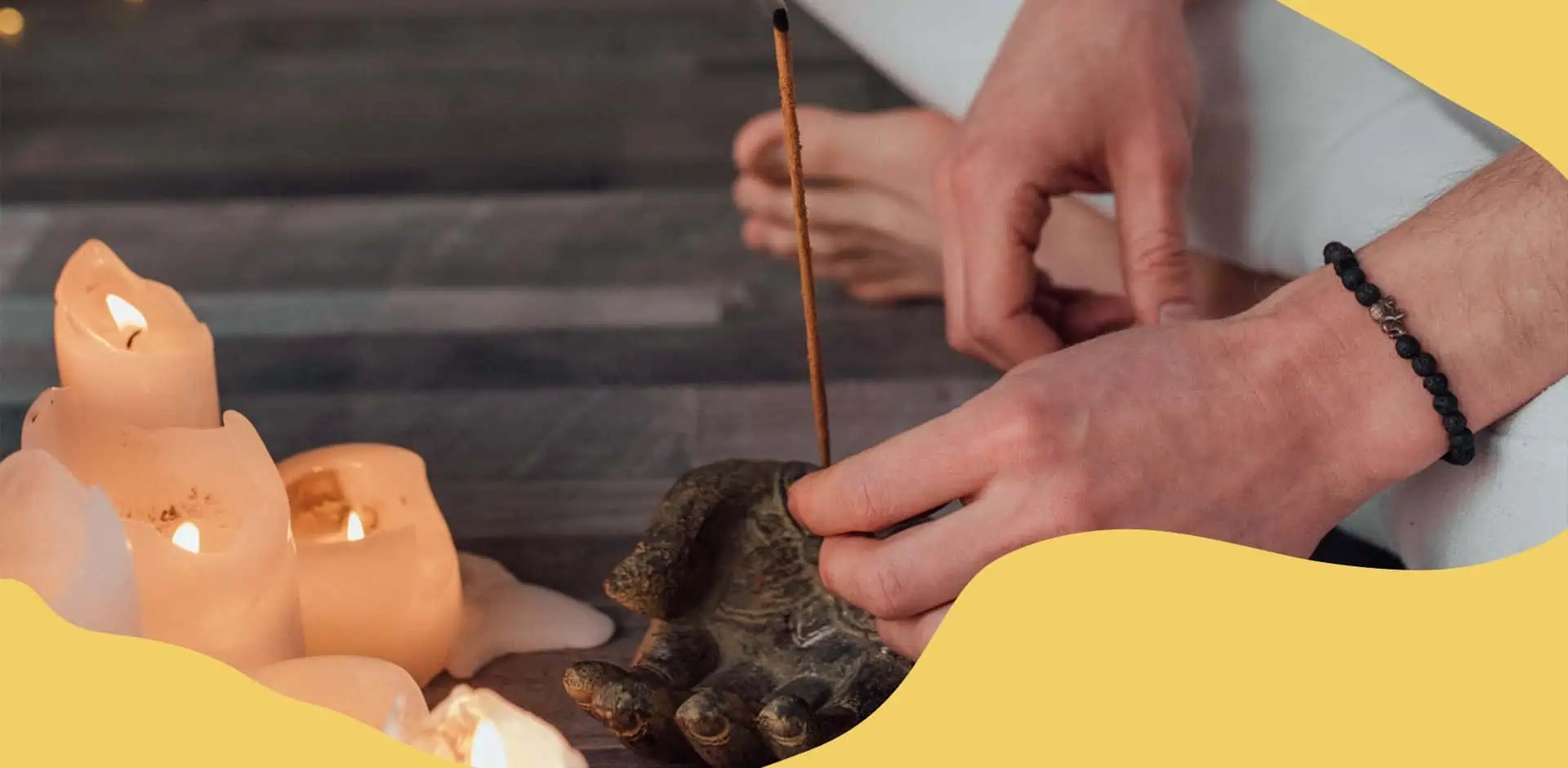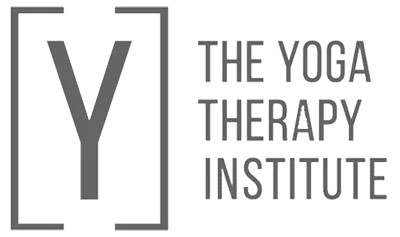
Andrew was sent to me by a close friend after he experienced a severe panic attack at his workplace. The panic attack left him unable to drive home and caused symptoms like nausea, headaches, and head pressure. He described feeling “frozen” and trapped, contemplating taking an extended break from work to avoid burnout. However, staying at home seemed to worsen his condition because he had family responsibilities and high career pressures. Adding to his stress, Andrew had suffered the traumatic loss of his mother just a few months earlier. He found himself feeling “stuck” in every aspect – physically, mentally, and emotionally.
From a therapeutic standpoint, introducing Andrew to a breathing technique immediately would have proven completely useless. The muscles surrounding his chest, rib cage, and back were tense and rigid. His belly felt tight.
In cases like Andrew’s, where anxiety and extreme stress are the underlying culprits, attempting to focus solely on “breathing” can increase the anxiety and stress levels. Directly addressing the breath can be stressful, especially for someone new to these practices or individuals grappling with panic attacks. Therefore, our approach involved redirecting attention away from the breath and encouraging gentle movement throughout the entire body to help him reestablish a connection with his breath.
We began with slow and simple movements, introducing Andrew to a technique called “moving with the breath”. This approach is highly effective, especially for individuals like Andrew who are dealing with high levels of anxiety. It can also benefit anyone facing challenging situations.
Over time, Andrew’s condition improved, even though we had to pace ourselves. In just a few sessions, he was laughing, which is one of the best breathing exercises, and he was back on track with his life. The combination of movement and breath helped him clear his mind and make wiser decisions, reducing his anxiety levels and equipping him to better handle any potential panic attacks in the future.
Andrew’s story is not uncommon, as more people recognise the vital role of proper breathing. Utilising the technique of moving with the breath is a valuable starting point. So, when it comes to the question of whether to focus on “moving or breathing,” the answer is, in fact, both.
Engaging in physical activities like yoga, rowing, running, or tennis without proper breath control is akin to believing a sailing boat can navigate without wind to fill its sails. Similarly, even with ideal wind conditions, a damaged ship won’t make much progress, just as a compromised body will struggle with proper breathing. Combining thoughtful movement with simple breathing exercises allows our bodies to heal and builds our self-assurance. This approach not only helps us remember to breathe during stressful moments but also instills the healthy habit of proper breathing in our daily lives.
The outcome is a profound sense of physical and mental openness, which soothes anxiety and prepares us for whatever challenges lie ahead. It all begins from within.
To explore additional techniques for navigating, managing, or preventing panic and anxiety, consider enrolling in our 6-hour Yoga Therapy for Anxiety Attacks Short Course.









